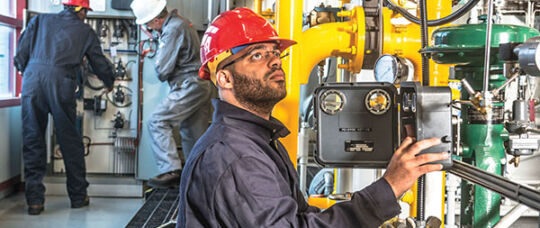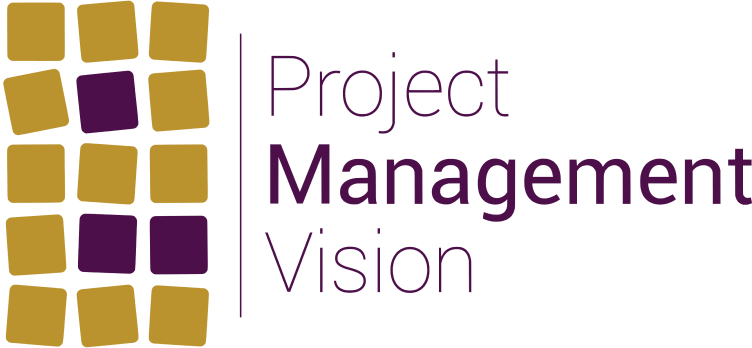EEHA Audit and Compliance with AS/NZS 3000:2018
EEHA Audit and Compliance with AS/NZS 3000:2018
Sep 07, 2020

Australian Legislation for EEHA Compliance
Each Australian State and Territory has specific OHS/ HSE legislation, detailing safe operation and maintenance of site installations, and calls for compliance in accordance with AS/NZS 3000:2018 for the installation of electrical equipment and wiring. In addition, AS/NZS 3000:2018 Section 7.7.2.1 states that the responsibility for classification of a hazardous area rests with the persons or parties in control of the installation.
What is an EEHA Audit
An Audit of the Electrical Equipment in Hazardous Areas (EEHA) is a systematic process of critical examination to verify that the:
- Hazardous area Verification Dossier (HAVD) has been developed, maintained and easily accessible by all responsible stakeholders.
- Equipment has been correctly selected, installed and maintained as per the Certificate of Conformity and manufacture’s specification.
- EEHA inspections have been performed periodically and any arising remedial actions have been actioned.
- Competent personnel, necessary resources, and system to maintain and manage EEHA, are available.
Why is an EEHA Audit required
AN EEHA audit should be conducted periodically during plant operations to ensure gaps in safe site operations are identified early so that necessary remedial actions can be taken before an incident or accident, could happen.
An EEHA audit report is a useful tool for identifying gaps in:
- Safe operations of site EEHA
- Operational procedures and personal competency; and
- Compliance of facilities to local regulations and standards (e.g. AS/NZS 60079.14 and AS/NZS60079.17)
How is an EEHA Audit conducted
An EEHA Audit is conducted by taking review of the current state of the HAVD and taking a random sample of the installation of equipment on site. The EEHA Auditor may like to conduct a small number of detailed inspections on some items of equipment which are:
- Critical for the operational and safety needs.
- Are installed in Zone 0 or Zone 1.
- Have a past failure records as per maintenance records; and
- Subject to harsh environmental conditions.
PMV EEHA Audit services
PMV Engineering Consultancy offers EEHA Audit services to Industry including developing and maintaining of the HAVD and necessary remedial actions. PMV has previously provided EEHA compliance and audit services to various companies across Perth and the Pilbara, with the aim to ensure safe operations and maintenance of facilities.
PMV also provides numerous training courses in EEHA.
The Hazardous Areas Compliance Verification Dossier short course
provides participants with the skills to develop, maintain, and manage compliance of a Hazardous Area Verification Dossier.
Contact the PMV office for more details, or to book in.
Recent Post
Mar 14, 2024
